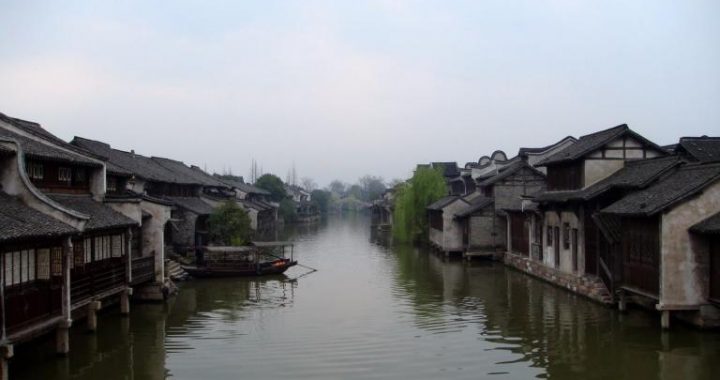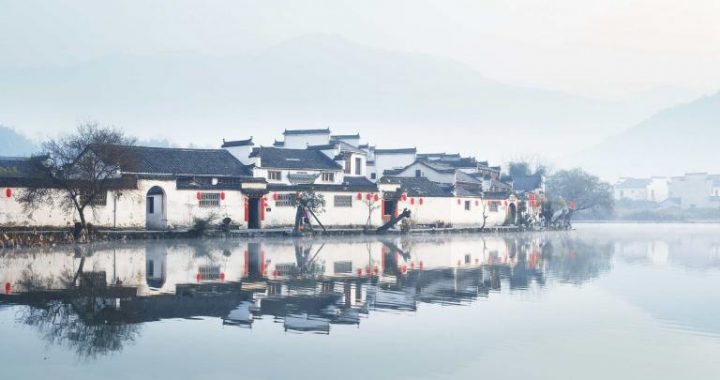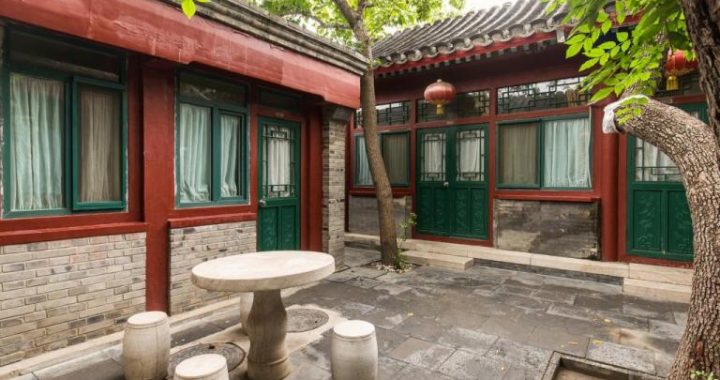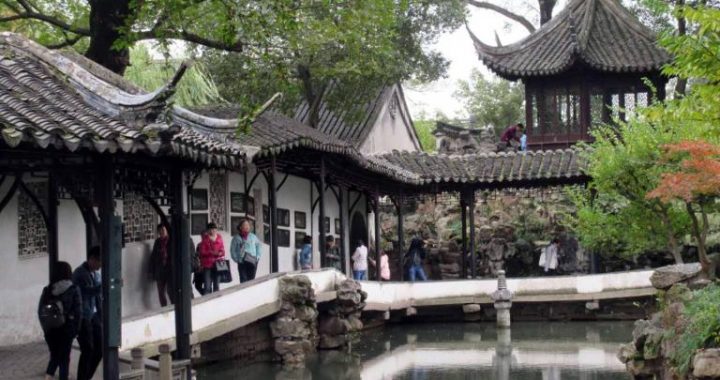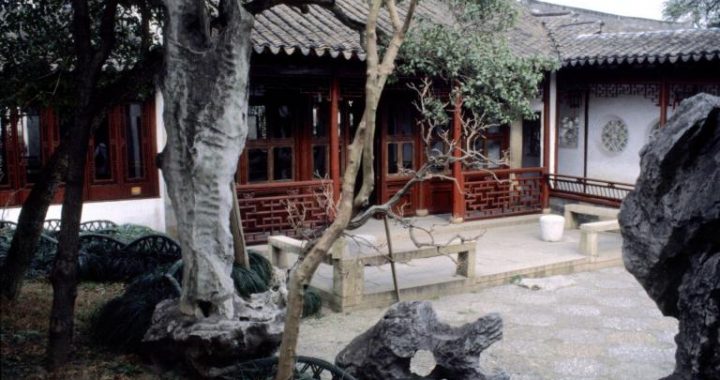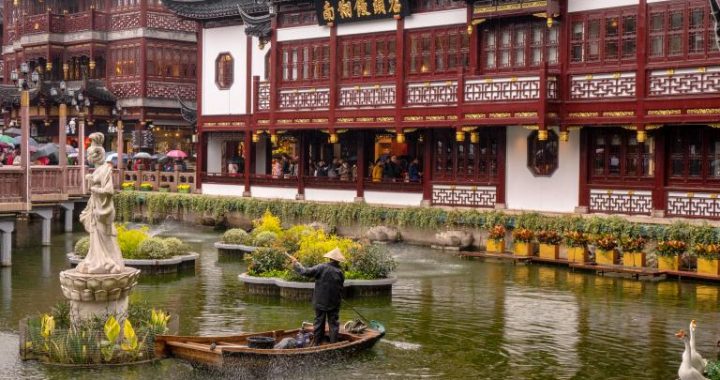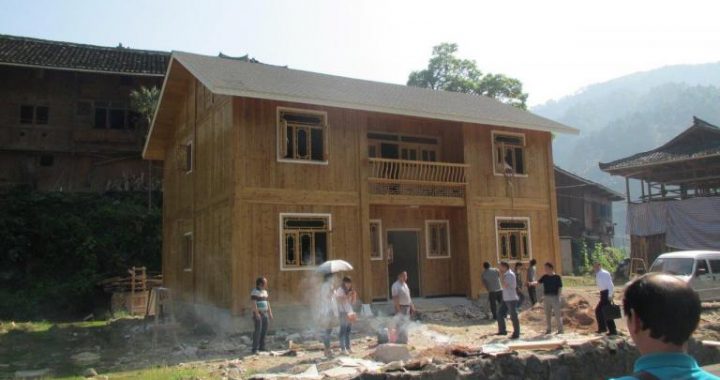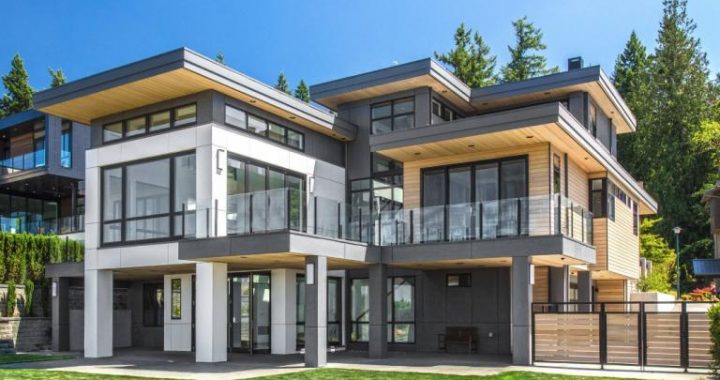Imperial Gardens
3 min readImperial gardens are the earliest Chinese classical gardens. There were imperial gardens in almost all dynasties. They belonged exclusively to emperors and imperial families and were mostly built out of natural landscapes to bring out the grandeur of the imperial family while creating picturesque scenery. Secondly, the emperor could use his political privilegesand strong financial power, occupy large areas of land and build gardens for his own enjoyment. Unmatched by private gardens in size, small imperial gardens occupy hundreds of hectares and large ones can measure hundreds of li. They are majestic and all-encompassing.

The existing imperial gardens in China were all built or rebuilt in the QingDynasty. The overall layouts of the imperial gardens of the Qing Dynasty with beautiful landscapes emphasize garden buildings’ control and dominant roles and the choice of names of scenic spots, forming the prominent characteristic of combination of landscape gardens and imperial gardens. The mountain resort in Chengde and the Winter Palace and Summer Palace in Beijing’s western suburbs are the most representative ones.

Mountain Resort in Chengde-Having a Miniature World in the Mind of the Emperor.
In the early Qing Dynasty, Emperor Kangxi built a temporary dwelling palace-the mountain resort in Chengde, also called the detached palace in Chengde or the temporary dwelling palace in Rehe. It was not only a gardenfor spending the summer in leisure, but also a political center beyond the Great Wall.
The planning and design of the mountain resort highlight the broadmindedness of the feudal ruler”having a miniature world in his mind.”
Apart from the palace area, the main garden in the mountain resort can be divided into three scenic areas: the lake scenic area, the plain scenic area, and the mountain scenic area, combining northern and southern landscapes. The lake scenic area has a strong flavor of the watery region south of the YangtzeRiver, the plain scenic area has the scenery of prairies beyond the Great Wall, and the mountain scenic area symbolizes mountains in the north. Besides, the mountain resort also transplanted many scenic spots in gardens south of the Yangtze River. For example, the “Wen Garden and Lion Forest”is an imitation of the Lion Forest in Suzhou, the “Jinshan Pavilion”reproduces the scenery of the Jinshan Mountain in Zhenjiang, the “Wenjin Pavilion”is modelled on the Tianyi Pavilion in Ningbo, and the “Misty Rain Tower”is a replica of the Misty
Rain Tower on the South Lake in Jiaxing. These are not pure plagiarisms butartistically recreated in combination with characteristics of the north to integrate poetic folk art into the imperial garden and pursue similarity in spirit instead of sticking to similarity in form. Emperor Qianlong said,”We should imitate their meanings slightly, follow their natural trends and keep our advantages.”
Landscape naming is a unique artistic method that emerged in China’s garden development.Thus the theme of a landscape is indicated directly to create stronger association and shape internal images.In the mountain resort in Chengde,there are the”36 landscapes”named by Emperor Kangxi with four Chinese characters and the”36 landscapes”named by Emperor Qianlong with three Chinese characters,collectively called”72 landscapes named by Emperor Kangxi and Emperor Qianlong.”They are all different.

